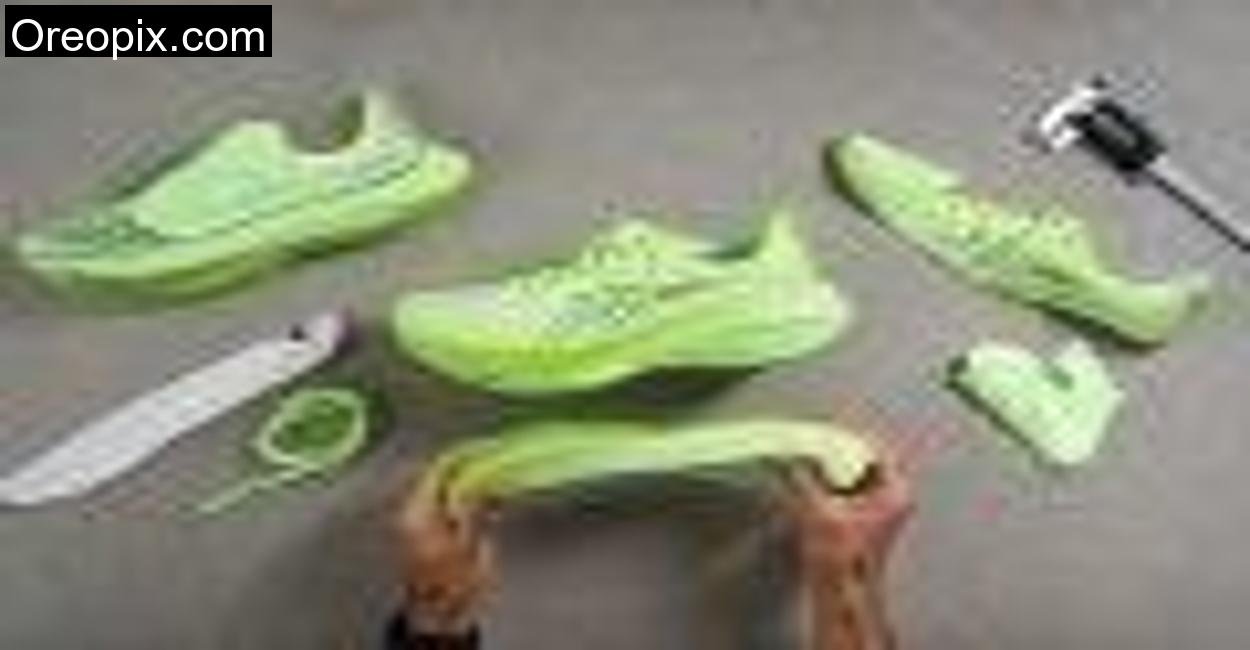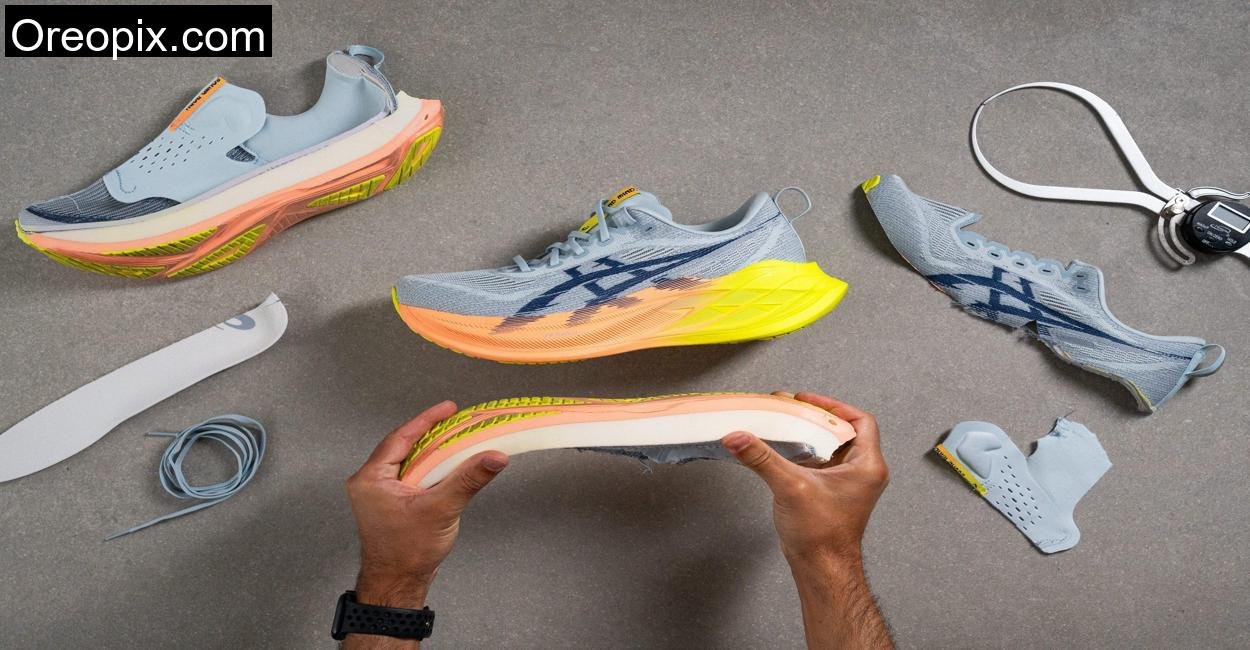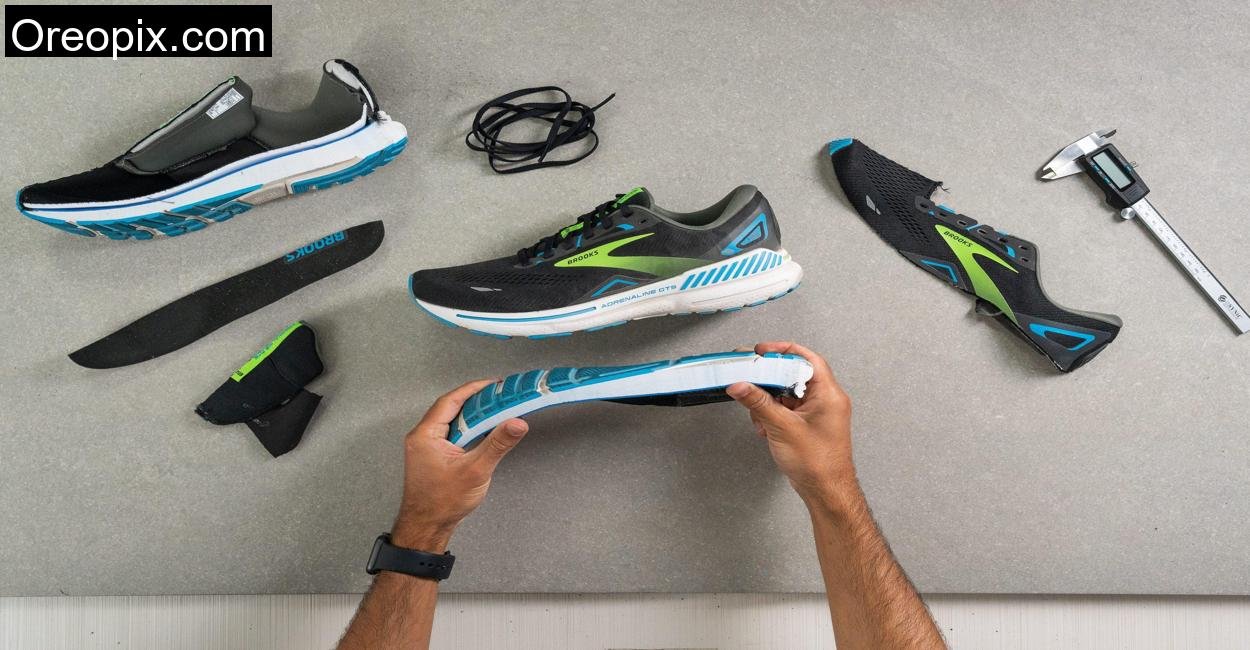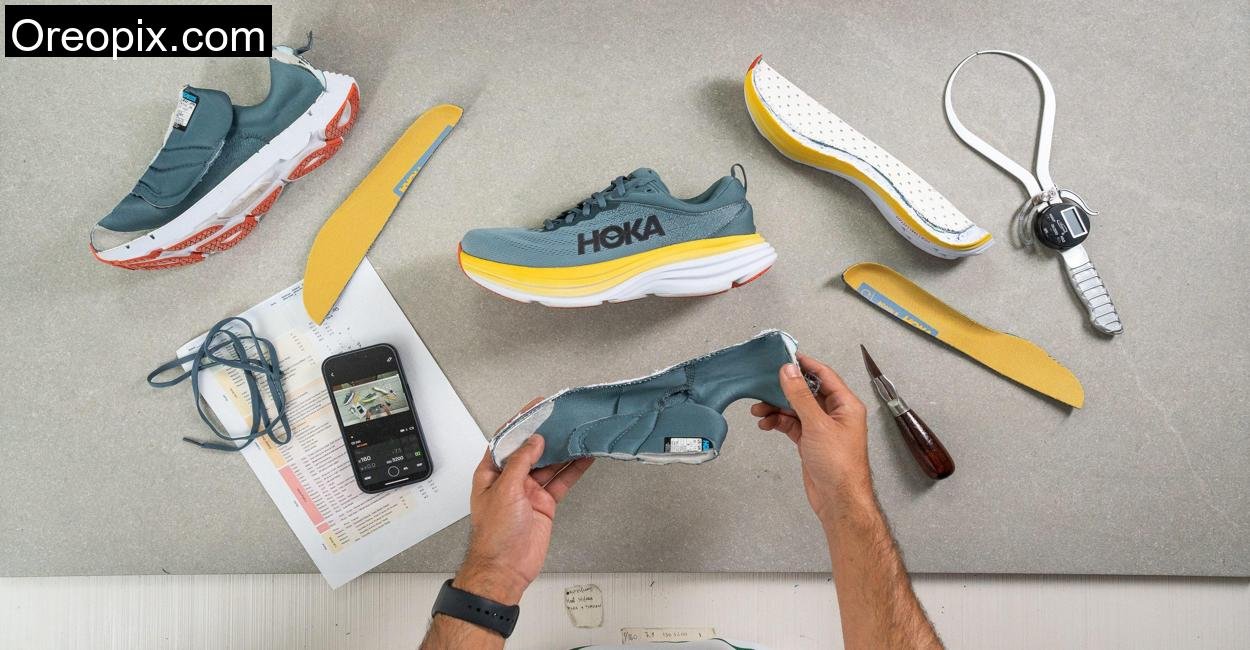The Singalila Ridge is not your everyday running trail. Nestled along the India-Nepal border, this undulating beast of terrain offers panoramic views of Kanchenjunga and Everest, but it demands performance from every fiber of your body, and your gear. That’s why I laced up the Nike Zoom Fly 6, a shoe built to be the workhorse of a racing lineage, and set out to push its limits on this dramatic, high-altitude path.
Before we dive into the dirt (and mud, and gravel, and mist), let’s get to know the Zoom Fly 6.
Nike Zoom Fly 6 Technical Specifications
All tech info comes right from Nike’s official site so it’s accurate and trustworthy.
| Feature | Specification |
|---|---|
| Weight | 8.7 oz / 248g |
| Drop | 9.6 mm |
| Heel Stack Height | 39.7 mm |
| Forefoot Stack Height | 30.1 mm |
| Midsole Foam | ZoomX + SR-02 (EVA blend) |
| Plate | Carbon Fiber Flyplate |
| Insole Thickness | 3.0 mm |
| Upper Material | Dual-layer mesh with overlays |
| Breathability | Moderate (3/5) |
| Torsional Rigidity | Stiff (5/5) |
| Heel Counter Stiffness | 4/5 |
| Outsole Thickness | 3.2 mm |
| Flexibility | 21.5N |
| Fit | Narrow |
| Price | ₹16,630 (~$170) |
| Terrain | Road (but tested on trail) |
| Best Use | Tempo runs, long runs, marathons |
The First Steps: Breaking In at 11,000 Feet

I unboxed the Zoom Fly 6 at Manebhanjan, a sleepy town that marks the trailhead for the Singalila Ridge. The air was crisp, the altitude palpable, and I was already 2,134 meters above sea level. The moment I slipped my feet into the shoe, I knew this was different. The narrow fit hugged my foot like a race-day shoe. The carbon plate sat stiff underfoot, ready to rock.
But what surprised me most was the balance. Unlike its predecessor, the clunky Zoom Fly 5, the sixth iteration felt agile, almost nimble. The weight savings were immediately noticeable, and the plush heel gave enough comfort for what I knew was going to be a day of punishment.
Climbing Through the Clouds: Cushioning and Stack Height
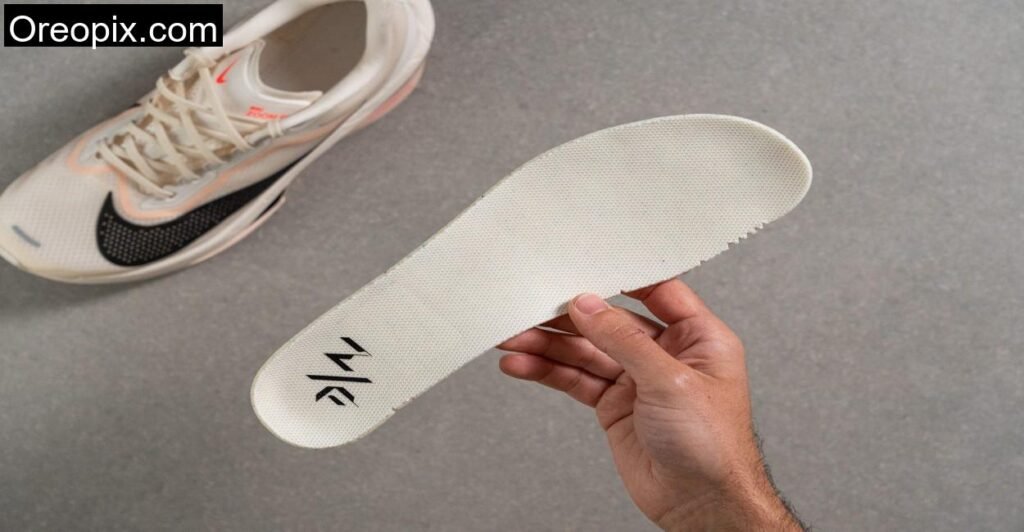
Ascending toward Tonglu at 3,070 meters, the trail is unforgiving. Jagged rocks, loose gravel, steep gradients, it’s a testing ground for any midsole. The Zoom Fly 6’s 39.7mm heel and 30.1mm forefoot stack provided a generous slab of cushioning.
The real ZoomX foam here (not the Next Nature variant from the Fly 5) made a world of difference. It was bouncy without being unstable, and despite the SR-02 foam layer closer to the ground, it retained a responsive, spring-loaded feel. I could feel the carbon plate propelling me forward, efficiently rolling me through each stride with the help of a subtle rocker.
Descending to Sandakphu: Stability and Traction
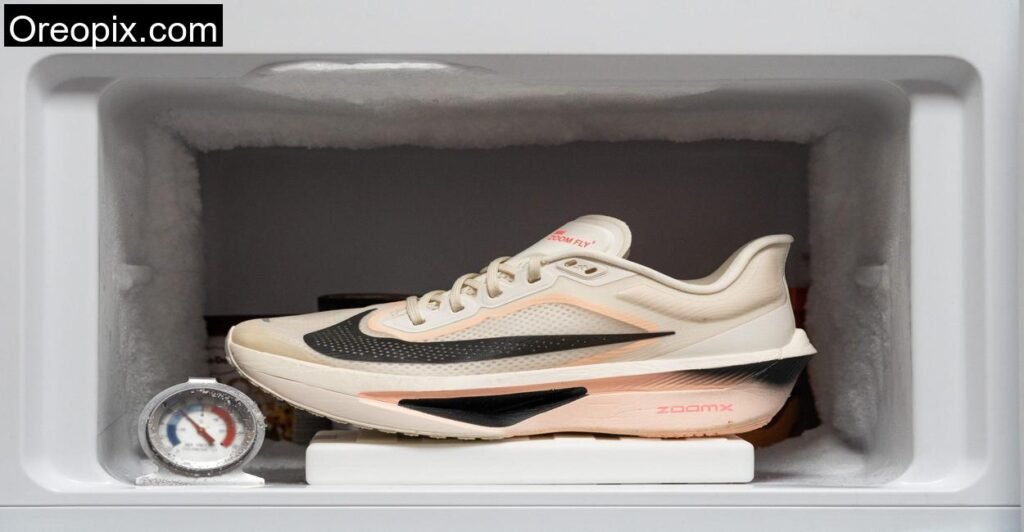
If the climb was about endurance, the descent was about control. Sandakphu, the highest point in West Bengal at 3,636 meters, was shrouded in fog. The trail narrowed, the rocks slick with dew. This is where the Zoom Fly 6 had to prove it wasn’t just a road warrior.
Stability? Surprisingly good. The carbon plate added torsional rigidity, and the heel counter was stiff enough to prevent rollover on uneven surfaces. However, the narrow heel (87.9 mm) and forefoot (111.9 mm) did require some caution, this isn’t a stability shoe.
Traction was moderate. The outsole’s shallow waffle pattern did okay on gravel but struggled slightly on wet rock. With a traction score of 0.42, it’s clear this shoe was meant for dry pavement more than Himalayan trails, but it held its own.
Breathing at Altitude: Fit and Breathability
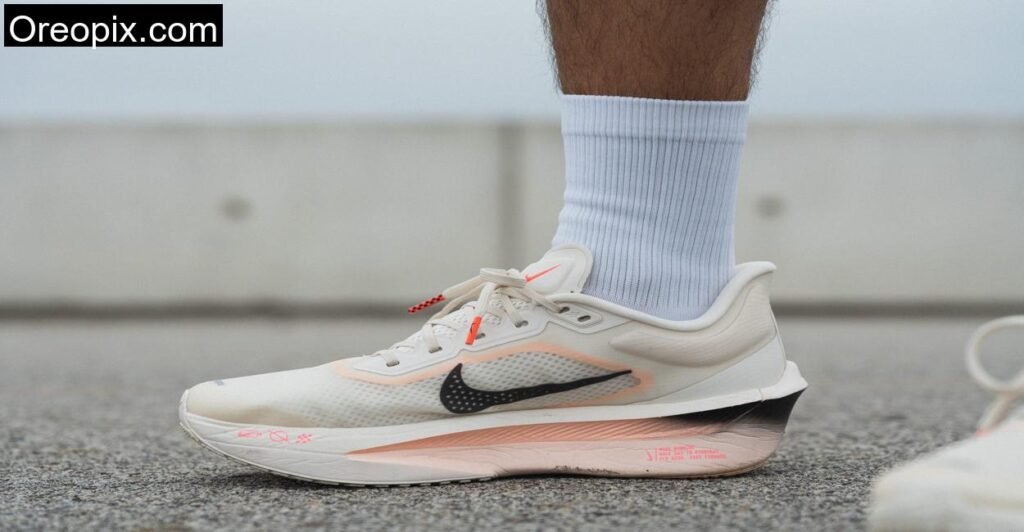
At this altitude, every gram counts, including the grams of sweat your shoes trap. The Zoom Fly 6’s dual-layer mesh upper is durable but not the most breathable. I paired it with thin, moisture-wicking socks, and that helped, but during the sun-drenched afternoon stretch to Phalut, the heat built up.
Fit-wise, it’s snug. If you have wide feet or prefer a roomy toe box, this might not be your shoe. But if you like a secure, performance fit, the Zoom Fly 6 locks you in like a race boot.
A Long-Day Companion: Comfort and Durability
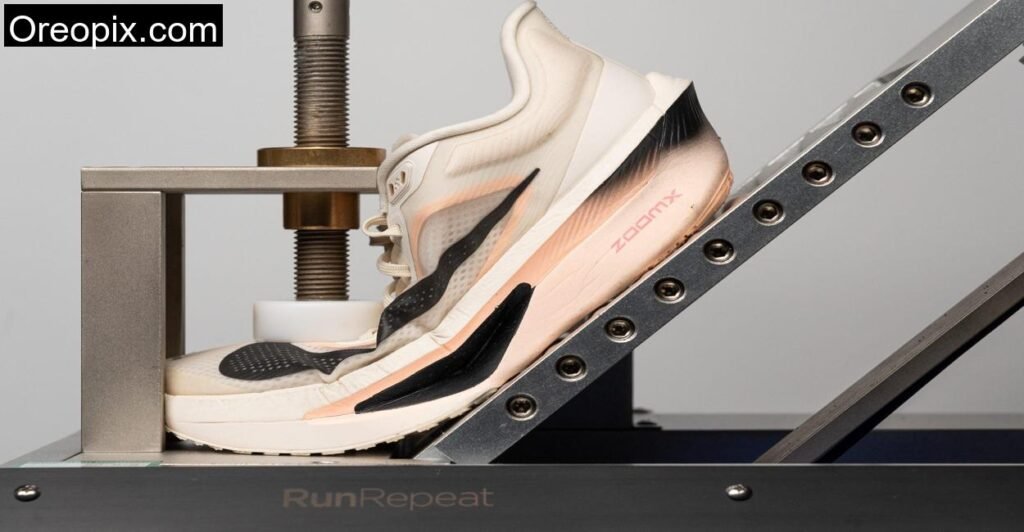
After 30 kilometers, I expected some fatigue from the carbon plate. But the shoe held strong. The insole is just 3mm thick, keeping the foot close to the action, and the plush tongue (6.1 mm) cushioned the laces well. I never needed to readjust.
Durability? Exceptional. The upper and heel padding scored perfect 5/5 in lab durability tests, and I saw no visible wear after the run. The outsole, with its 3.2 mm of rubber, showed only minimal wear despite the trail abuse.
The Verdict: Who Is This Shoe For?

The Nike Zoom Fly 6 is a hybrid marvel. It’s not quite a Vaporfly, but it’s not a daily trainer either. It’s built for runners who want one shoe to do (almost) everything: long runs, tempo sessions, and even race day. It’s especially suited for:
- Runners training for marathons who want a durable, plated alternative to supershoes.
- Tempo junkies who need that ZoomX bounce without sacrificing comfort.
- Nike fans who were let down by the Zoom Fly 5’s bulk and lack of responsiveness.
However, it’s not for everyone. If you need stability or a wide fit, look elsewhere.
Conclusion

The Nike Zoom Fly 6 is a redemption story. After the missteps of version 5, Nike has returned to form with a true supertrainer. It’s light, snappy, and versatile enough to handle tempo runs, long grinds, and even race day, all wrapped in a durable, stylish package.
Testing it on the Singalila Ridge was a gamble, but one that paid off. Despite the trail’s challenges, the Zoom Fly 6 proved itself more than capable, turning an ambitious mountain adventure into a memorable performance evaluation. If you’re looking for a do-it-all road shoe with a performance edge, the Zoom Fly 6 earns a spot in your rotation.
Just maybe skip the Himalayas, unless you like your reviews with a side of altitude sickness.
Is the Nike Zoom Fly 6 good for marathon racing?
Yes, especially for runners who don’t want to commit to a full-fledged supershoe. It’s lighter, responsive, and has a full carbon plate.
Can I use the Nike Zoom Fly 6 for daily training?
Absolutely. Its durability and comfort make it a viable daily trainer, though it shines most in faster sessions.
How does Nike Zoom Fly 6 compare to the Vaporfly?
The Vaporfly is lighter and more aggressive. The Zoom Fly 6 is more durable, more comfortable, and better for training.


